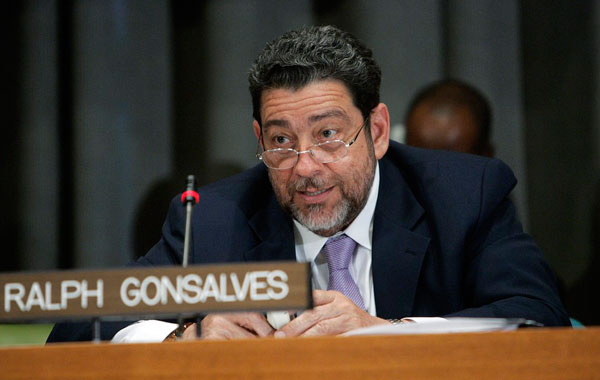A new study generated during the catastrophic earthquake in Haiti in January says Haiti and Jamaica are at greater risk for destructive tsunami than previously believed.
Matthew Hornbach, a geophysicist research associate at the University of Texas Institute for Geophysics, said the study helps explain what was observed during the earthquake of a magnitude 7 or 8 that hit Port Royal in Jamaica in 1692, destroying the hub of British colonial interests in the Caribbean Sea.
Jamaica and Haiti both lie on top of the Enriquillo-Plantain Garden fault.
“During that event, a large chunk of Port Royal sunk into the ocean, and it also experienced a couple of tsunamis,” Hornbach said.
“It basically devastated the British Empire in the Caribbean for a while. A lot of people drowned,” he said, because some houses sank below sea level and because the tsunami pushed walls of water inland.
“They found bodies floating in the water for days,” said Hornbach, stating that the study was conducted to explain a mystery that popped up after the Haiti earthquake: Why were there so many reports of tsunami in a region that wasn’t supposed to have many of them?
Hornbach said scientists had long expected tsunami to occur from earthquakes generated from “subduction zones,” in which one tectonic plate slides underneath the other.
He said such earthquakes push up the seafloor, moving water up, resulting in tsunami.
But Hornbach said the fault that caused the Haiti earthquake was on a fault in which one plate pushed past the other, and did not push up the seafloor. Scientists had long believed those faults don’t often cause tsunami.
Hornbach, however, said his team found, during a visit to Haiti in February and March, that the January 12 quake caused the collapse of both coastal land and underwater sediment.
He said it was those landslides – both above and under water – that triggered a tsunami that rebounded onto sparsely populated coastal areas of Haiti, killing at least three people and wiping out several homes.
For example, he said, near the town of Grand Goave in Haiti, a chunk of shoreline, the size of several football fields, sank near where tsunami roared ashore.
The new study builds on what Hornbach said is a startling revelation discovered after the magnitude 7.1 earthquake in Papua New Guinea in 1998: that tsunami can not only be caused by huge earthquakes thousands of miles away but can also be triggered by relatively moderate shaking nearby.
Scientists say the new study – a collaboration of the University of Texas, the City University of New York, the US Geological Survey, the University of Missouri, the Haitian Bureau of Mines and Energy in Haiti and the Universite d’Etat d’Haiti – raises “troubling questions” about the possibility of high death tolls should a large earthquake hit Jamaica.
They said such earthquake could cause populated coastal areas to collapse into the Caribbean Sea, and trigger tsunami that would rebound back to shore.
John Orcutt, geophysics professor at the Scripps Institution of Oceanography at the University of California at San Diego, said the report is a reminder that people on beaches or living near the coastline during a quake should be aware of the dangers of a tsunami.
“If you live along the coastline, you want to be thinking about the potential tsunami hazard and get a couple hundred yards – a couple football fields up – just to make sure you’re not going to be in an area that’s inundated,” he said.



















